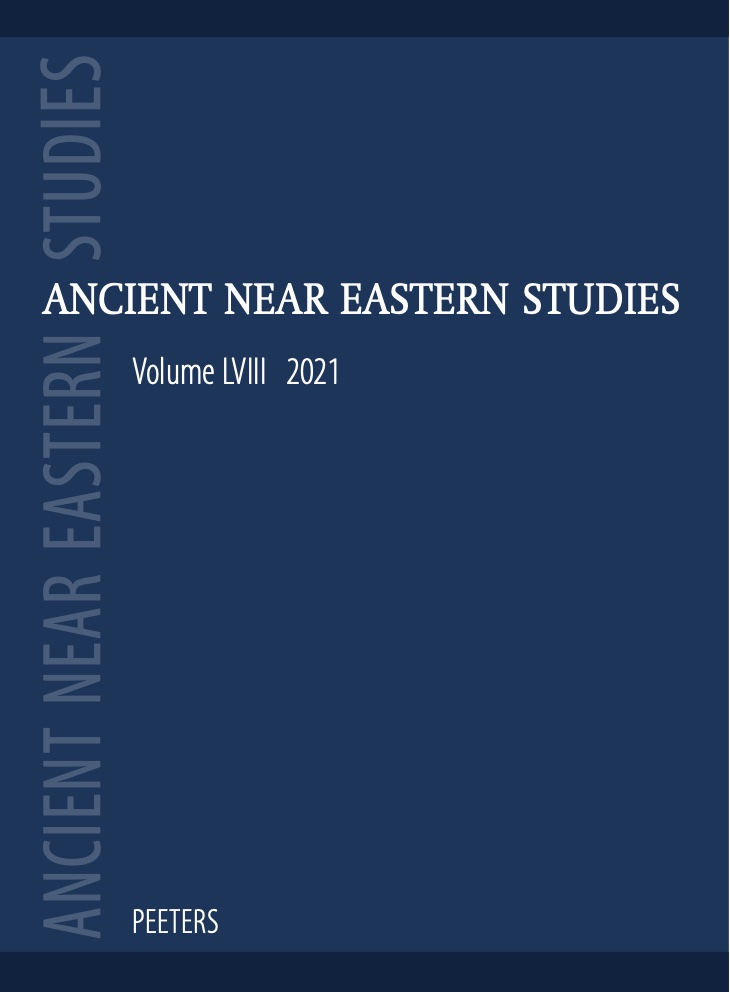 previous article in this issue previous article in this issue | next article in this issue  |

|
Document Details : Title: Spatial Distribution of the Early Bronze Clay Figurative Pieces from Khirbet ez-Zeraqōn and its Religious Aspects Author(s): AL AJLOUNY, Fardous , DOUGLAS, Khaled , KHRISAT, Bilal Journal: Ancient Near Eastern Studies Volume: 48 Date: 2011 Pages: 88-125 DOI: 10.2143/ANES.48.0.2119588 Abstract : This article highlights some of the religious aspects of the lives of dwellers of the third millennium BC in the southern Levant. Remarkable clay figurative pieces from this period have been found at Khirbet ez-Zeraqōn, an Early Bronze Age site in northern Jordan. Two main factors play an important role in interpreting the function of these pieces: the first is the subjects that they represent; the second is the places where they were found. The clay figurative pieces from Khirbet ez-Zeraqōn refer to cultic function either directly, as in the case of a sacrifice scene, or indirectly, as in the case of pottery vessels with snake applications. Furthermore, the find places of the objects clearly reflect a direct connection between the clay figurines and cult. More than 50 per cent of the clay figurines uncovered in the upper city were discovered at the temple, while in the lower city more than 60 per cent of the finds were concentrated in one building (B1.3), which has special features in comparison with other domestic buildings nearby. These circumstances might indicate that ritual practices were not restricted to the temple area in the upper city, but that some people practised their worship in the lower city. |
|
